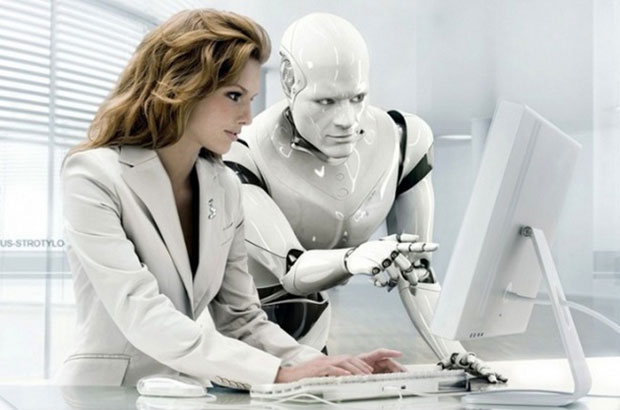Robots play a critical role in the function of human society. Today almost every task involves robots in some way. While most think of Toyota’s ASIMO or some other bipedal construct, a robot is actually any electronic system or machine that follows a programmed set of instructions.
What are robots and how are they utilized?
Robots can be anything from ASIMO to mechanical arms on an assembly line to a stop light to various programs on your desktop computer. Almost all robots today are completely hidden from the public eye and interact more often with other robots than with individual humans.
What are the most groundbreaking developments in the field of robotics?
It’s likely that most people are already familiar with the Google car, a self-driving automobile that, at the time of its first accident — the result of human error — had accumulated over 160,000 hours; many are also familiar with 3D printing. What very few people are aware of — likely only those within futurist and activist communities — are far more disrupting technologies such as Contour Crafting, vacuum-tube transportation, and automated agriculture facilities.
What are the potential consequences of these developments?
The economically-disruptive potential of these technologies are just as obvious as the disruptive potential of the Google car. Each development possesses the ability to eliminate employment for very large industries: the Google car may replace almost all driving jobs; Contour Crafting may replace all construction jobs; vacuum-tube transportation may replace all long-distance travel and shipping jobs; and automated agriculture may replace all agriculture jobs. While society has successfully been capable of replacing jobs lost to technology in the past, it does not have the ability to replace lost jobs by employing them in companies that build and repair robots because we already have robots that build and fix robots.
How has the field of robotics advanced throughout recent history?
While technology has always developed at a double-exponential rate — an exponential rate of development that also accelerates at an exponential rate — the field of robotics has reached a point in its double-exponential development where its advancements are observable over a period of a decade or two. Today there are robots that build other robots that grow food, build houses, and transport people from one location to another. There are robots that write news articles and conduct research. Twenty years ago the Internet had not yet become publicly accessible, yet robots today have their own social network, can be controlled remotely from low-Earth orbit, and can even be controlled via the Internet with cybernetic implants.
What advancements can be expected in the near future and how are these advancements likely to affect society?
If anything is clear, it is that our jobs are gone. The developments that have occurred thus far will only be further improved and refined. New technologies will render more humans obsolete in more fields. Furthermore, these technologies will only become less expensive to implement and are already becoming less expensive than sweat-shop labor; assassination drones used by the U.S. military will only become deadlier; robotic transportation will become faster, safer, and more reliable; prostheses and implants will simulate more human functions more accurately or will greatly improve upon them. Assuming humans survive to the end of the century, it is difficult to imagine any socially-critical task that cannot be performed by robots.
Kenneth Palmer is a freelance writer who focuses on robotics research, futurism and experimental technology, biological research, technology, computer software and hardware, and other relevant topics. To learn more about laboratory robotics research.